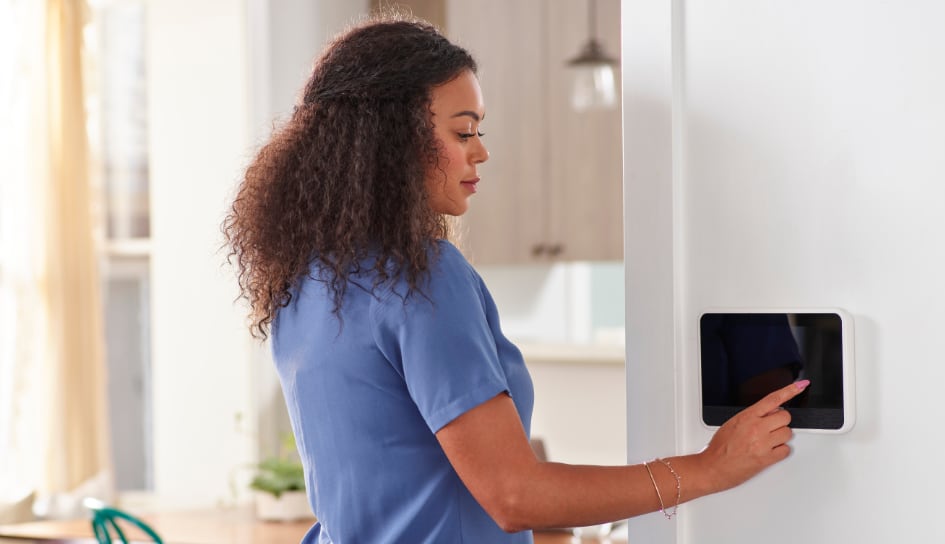Home automation can be confusing when you first get into it. There are tons of devices you can add to your system. Each device has its own core set of capabilities. That’s fine, but then there is the prospect of tying it all together and actually taking advantage of the automation concept. It can make you crazy if you don’t have an appreciation for technology.
Unfortunately, looking online for help is not always fruitful. A lot of the information is written by tech-minded people for other tech-minded people. If you don’t know the language, you’re lost.
I can’t change at all with a single post, but I can introduce you to three types of automations you need to be aware of. If you are a newbie, just understanding these three things opens the doors to a lot of possibilities.
1. Schedules
The first type of automation is the schedule. The home automation industry uses a more technical term, but ‘schedule’ is good enough for our purposes. A schedule is designed to make something happen at a fixed time, whether it’s a one-off event or something that gets repeated. I can use one of my own automations as an example.
I have scheduled certain lights in my home to turn on every morning at the same time. They are on when I get out of bed. I no longer need to walk down a dark hall before turning on the living room lights. With a tap of a button in my home automation platform, I can turn the schedule off temporarily. I can also make modifications on certain days of the week, like Saturdays and Sundays.
2. Scenes
A scene involves grouping multiple home automation devices for the purposes of performing specific actions when triggered. Plenty of home automation users rely on scenes to create morning and evening routines. Here is a sample routine that would be ideal for the morning:
- Turning on the kitchen lights
- Starting the coffeemaker
- Adjusting the thermostat
- Turning on the TV to get the headlines
The beauty of working with scenes is that you can incorporate any device in your home. Create a unique scene for movie night, capturing whatever devices apply to setting the mood for a good experience. Create another scene that greets you at the end of the day when you arrive home from work. It is amazing what you can do with scenes.
3. Rules
The third type of automation is the rule. A rule dictates how a device in your system responds to specific actions. For example, I have installed a smart plug in my shed for charging the lawnmower. It is governed by two rules. The first rule turns the plug on when I issue a verbal command. The second rule turns the plug off after four hours. I can tell the system to charge my lawnmower and then forget about it.
It should be clear that all three types of automations are possible whether you use a prepackaged system or a custom-built setup. You can use all three with a Vivint home automation system or even a collection of third-party devices all controlled by your Google Home smart speaker.
The three types of automations are common across the entire industry. Different ecosystems can implement them in different ways, but the basic principles of each one remain intact.
If you are new to smart home automation, learn all you can about schedules, scenes, and rules. They are the building blocks of automation that will make your life more convenient, efficient, and secure. At least that’s the goal.
